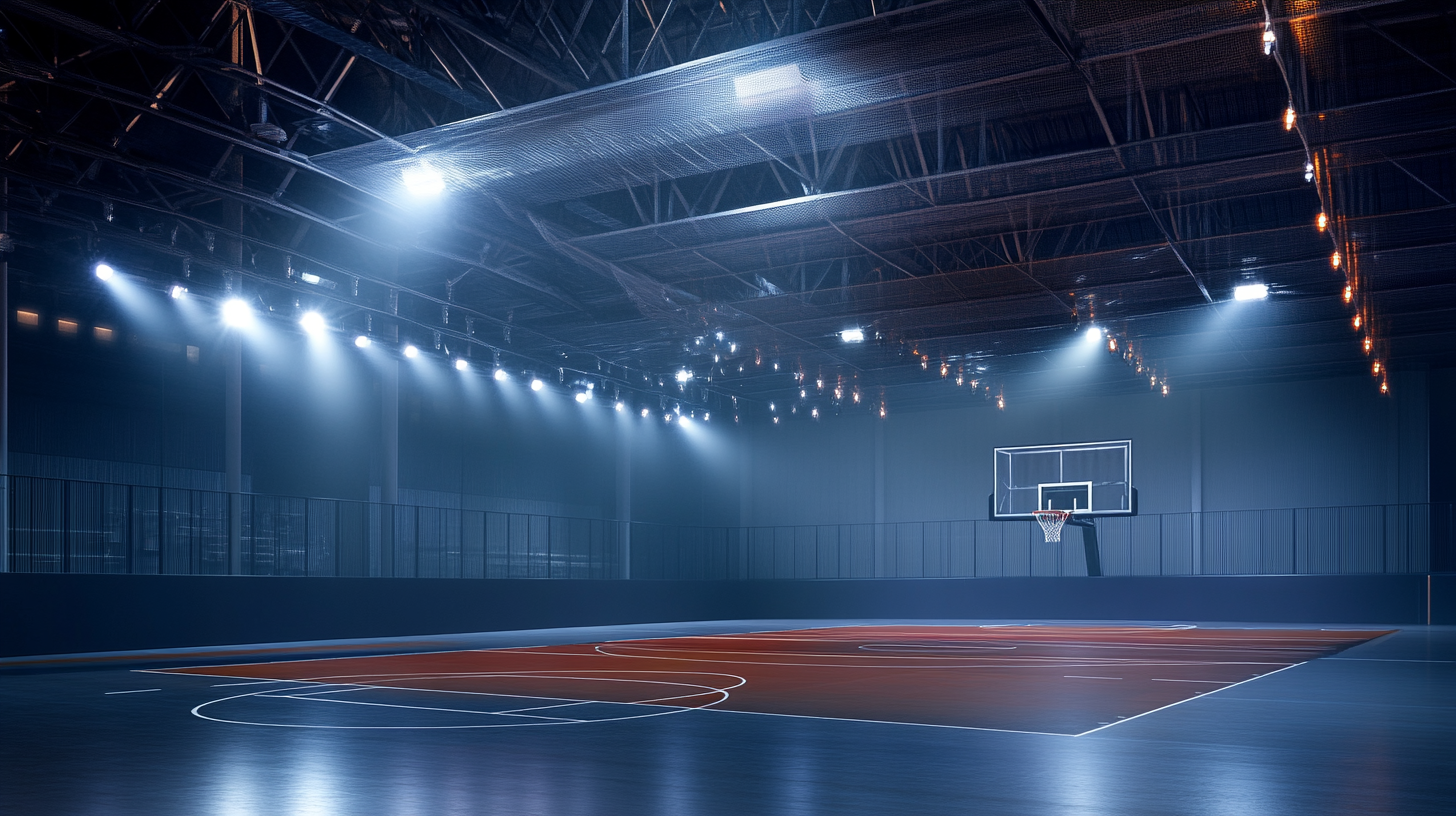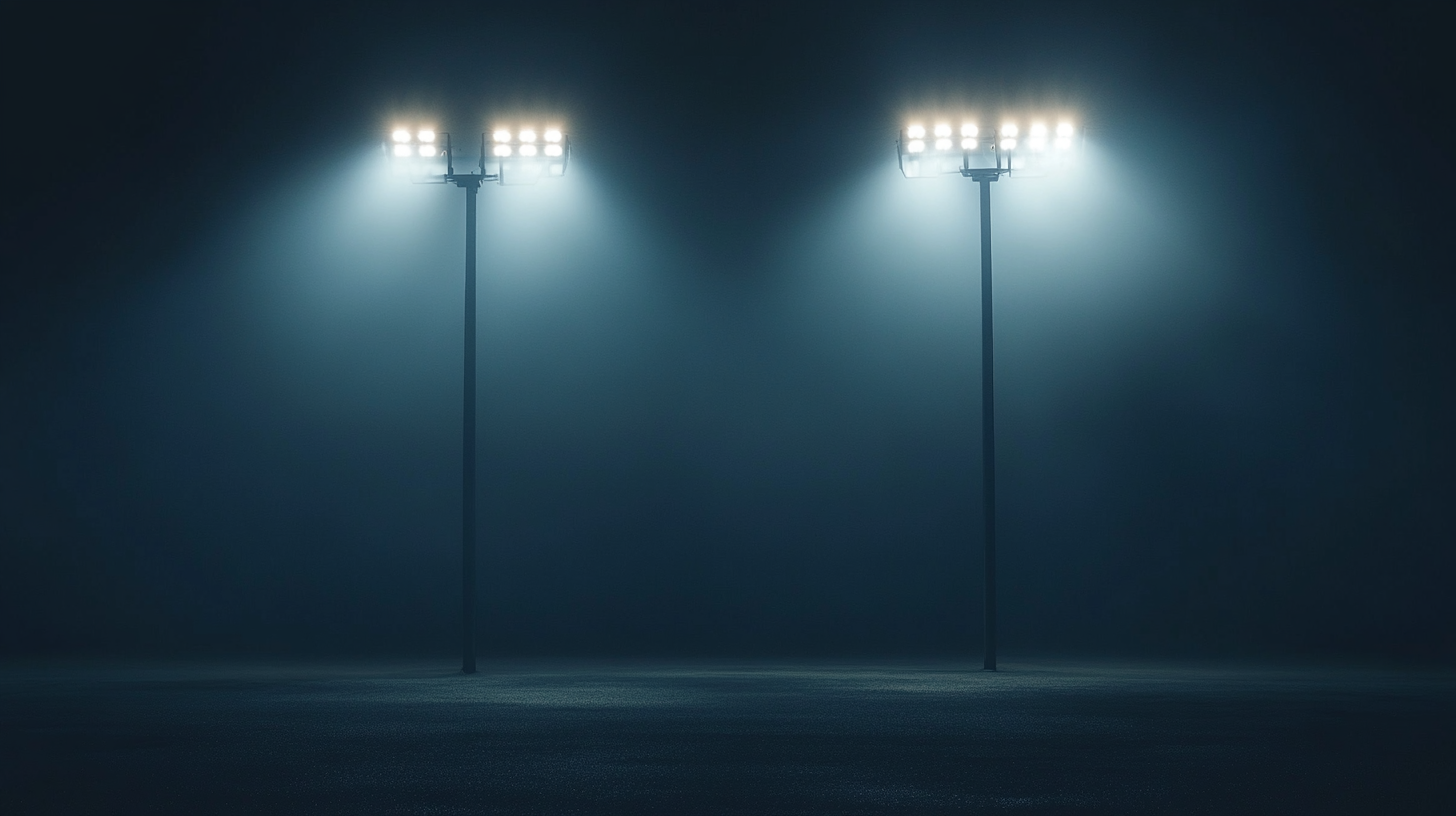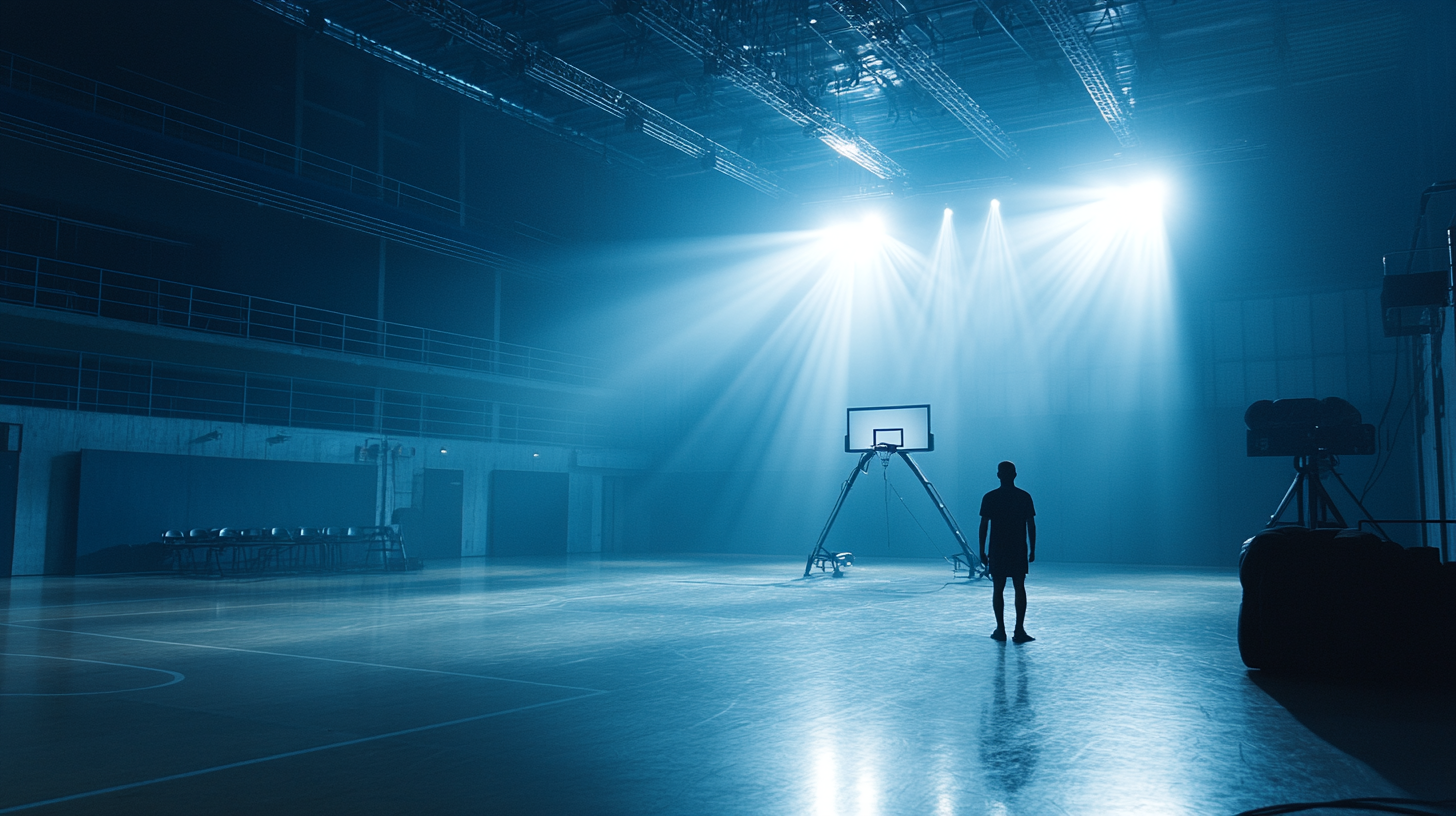Essential Guide to Choosing the Right Sport Lighting for Your Global Procurement Needs
In the world of sports, the right lighting can make all the difference in ensuring optimal performance, safety, and visibility. As global procurement processes evolve, the demand for high-quality sport lighting has surged, making it essential for organizations to understand the unique requirements associated with various sporting environments. Whether you’re outfitting a professional stadium, a local community field, or a recreational facility, selecting the appropriate sport lighting system is crucial. This guide aims to equip decision-makers with the knowledge they need to navigate the complexities of sport lighting procurement.
From understanding the different types of lighting technologies available to evaluating energy efficiency and sustainability considerations, choosing the right sport lighting is a multifaceted process. With advancements in LED technology and varying regulations around the world, it's imperative to make informed choices that align with both performance needs and budget constraints. In this blog, we will explore key factors to consider when selecting sport lighting, ensuring you can provide optimal viewing experiences and enhance the overall atmosphere of any sporting event.

Understanding the Importance of Proper Sport Lighting in Global Procurements
Proper sports lighting plays a crucial role in the success of athletic events and facilities, and its importance can be highlighted through various industry reports and expert analyses. According to the Sports Lighting Market report published by Research and Markets, the global sports lighting market is projected to reach USD 7.2 billion by 2026, growing at a CAGR of 5.4% from 2021. This significant growth underscores the increasing demand for high-quality lighting solutions that enhance visibility, safety, and player performance, reflecting the critical nature of proper lighting in sports environments.
Effective lighting not only improves the aesthetics of a venue but also adheres to the regulations set forth by governing bodies like the International Federation of Association Football (FIFA) and the National Collegiate Athletic Association (NCAA). These organizations have established specific guidelines regarding lux levels for different types of sporting events, which must be met to ensure a fair play environment. For instance, FIFA mandates a minimum of 1000 lux for professional matches, while the NCAA advises at least 500 lux for college games, emphasizing the necessity of selecting the right lighting according to global standards.
The significance of proper sports lighting is further supported by a study from the Lighting Research Center, which found that well-lit facilities lead to a 25-30% reduction in accidents and injuries. Additionally, optimized lighting can enhance television broadcasts and audience engagement, proving to be vital for venues that host major events. As organizations navigate the intricate world of global procurement, understanding the importance of selecting suitable lighting not only contributes to operational efficiency but also enhances overall spectator and player experiences.
Essential Guide to Choosing the Right Sport Lighting for Your Global Procurement Needs
| Dimension | Description | Importance |
|---|---|---|
| Brightness | The amount of light emitted by the lighting fixtures. | Ensures visibility for players and officials, enhancing performance. |
| Color Temperature | The warmth or coolness of the light color. | Affects the energy and mood of events; impacts visibility. |
| Energy Efficiency | The ratio of useful light emitted to energy consumed. | Reduces operational costs and environmental impact. |
| Lifespan | How long the lighting fixtures last before needing replacement. | Minimizes maintenance costs and disruptions. |
| Installation Flexibility | The ease of installing lighting fixtures in various environments. | Essential for adapting to different facility designs and needs. |
Key Considerations for Selecting Sport Lighting for Different Environments
Choosing the right sports lighting is crucial for ensuring optimal performance and safety across various environments. When selecting lighting for outdoor sports facilities, such as soccer fields or tennis courts, it’s essential to consider the intensity and uniformity of the light. High-intensity discharge (HID) lights, for instance, are commonly used in outdoor settings due to their ability to cover large areas while maintaining a consistent brightness. Additionally, it’s vital to assess the positioning of the lighting fixtures to minimize glare and shadowing, which can impede athletes' performance.
Indoor sports facilities face their own unique challenges. Gymnasiums and arenas require a combination of bright, white light to enhance visibility and color rendering for accurate perception of the playing environment. LED lights have become increasingly popular in these settings due to their energy efficiency and longevity, as well as their capacity for dimming and color temperature adjustments. Furthermore, the fixture placement should be tailored to the specific sport, as different activities necessitate varying lighting angles and intensities to ensure that both players and spectators have an optimal experience.
Another critical factor to consider is the climate and environmental conditions of the location. For instance, facilities in humid or coastal areas may require lighting fixtures with protective enclosures to withstand corrosion. Meanwhile, regions with extreme weather conditions should consider lights that can operate efficiently in various temperatures. Overall, understanding the specific needs of the environment not only enhances performance but also prolongs the lifespan of the lighting system.
Essential Guide to Sport Lighting Selection
Evaluating Different Types of Sport Lighting Technologies and Their Applications
When selecting the right sport lighting technology, understanding the various types available in the market is crucial for optimizing both performance and costs. This analysis focuses on common lighting solutions such as LED floodlights, metal halide, and high-pressure sodium lamps. Each technology offers unique benefits and has specific applications depending on the requirements of the sports venue.
Recent studies indicate that LED lighting has rapidly gained popularity due to its energy efficiency and reduced maintenance costs. According to a report by the National Renewable Energy Laboratory, LED systems can reduce energy consumption by over 60% compared to traditional metal halide lamps. Additionally, they have a longer lifespan, typically exceeding 50,000 hours, which translates to less frequent replacements and lower operational costs.
In contrast, metal halide lamps have been traditionally favored for outdoor sports facilities due to their superior color rendering capabilities, making them ideal for television broadcasts and spectator enjoyment. However, they tend to consume more energy and have a shorter lifespan of approximately 15,000 hours. High-pressure sodium lamps, while energy-efficient, often produce a yellowish light that may not be suitable for all sports applications.
Ultimately, the decision should consider the specific needs of the facility, including the type of sport, budget constraints, and environmental factors. Investing in the right sport lighting technology can significantly enhance the performance of both athletes and organizers, ensuring a better experience for all involved.

Navigating Regulatory Standards and Safety Compliance for Sport Lighting
When it comes to selecting sport lighting for various facilities, understanding regulatory standards and safety compliance is crucial. The ever-evolving landscape of regulations impacts not just the entertainment and sports sectors but extends to all industries. For instance, recent changes in boating regulations underscore the importance of adhering to safety measures to protect users. Similarly, organizations involved in sports lighting must navigate the labyrinth of compliance requirements that govern installation and operational safety.
In many regions, including Tennessee, safety standards are critical. The state’s focus on enhancing recreational activities mirrors the need for reliable and safe lighting solutions in sports venues. As businesses adapt to these regulatory changes, they must prioritize compliance with safety protocols that ensure the protection of participants and spectators. Incorporating advanced technology and materials not only abides by regulatory requirements but also enhances the overall user experience.
Moreover, as companies in entertainment sectors brace for new compliance requirements set for 2025, staying informed about these changes can give businesses a competitive advantage. This vigilance in understanding the regulatory framework will ensure that sport lighting not only illuminates but also upholds the highest standards of safety and compliance, thus fostering a secure environment for all involved.

Cost Analysis: Budgeting for Quality Sport Lighting in International Markets
When it comes to procuring sport lighting for international projects, cost analysis plays a vital role in ensuring that budgeting aligns with both quality and functionality. Choosing the right lighting solutions involves evaluating various factors such as installation costs, energy efficiency, maintenance requirements, and expected lifespan. Organizations looking to invest in sport lighting must strike a balance between upfront expenditures and long-term savings, especially in markets with fluctuating energy prices or stringent regulatory standards.
Furthermore, understanding the total cost of ownership (TCO) is essential. This includes not only the direct costs of purchasing and installing lighting systems but also ancillary costs such as electricity, servicing, and potential upgrades. A comprehensive TCO analysis allows procurement teams to forecast long-term expenses accurately and make informed decisions that align with their financial strategies. Additionally, leveraging data analytics can provide insights into performance metrics that further justify the investment in high-quality lighting solutions.
Moreover, businesses should consider local market conditions, which can vary significantly across regions. Factors such as import tariffs, labor costs, and availability of components can impact overall budgeting. Engaging with local suppliers or manufacturers can often yield cost-effective solutions while also supporting regional economies. By conducting thorough market research and assessing all monetary aspects, organizations can ensure they choose the best sport lighting that meets their international procurement needs without compromising on quality.

